
Bob’s Blog
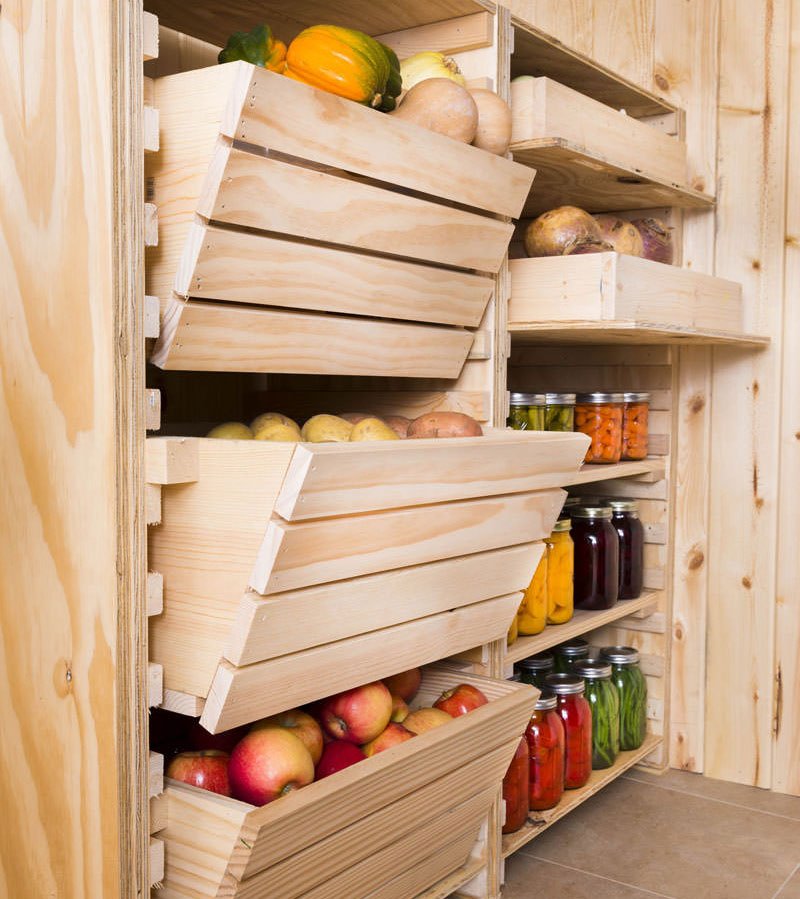
Root Cellaring
In an era where refrigeration and modern preservation techniques dominate, there's a charming resurgence in the age-old practice of root cellaring.
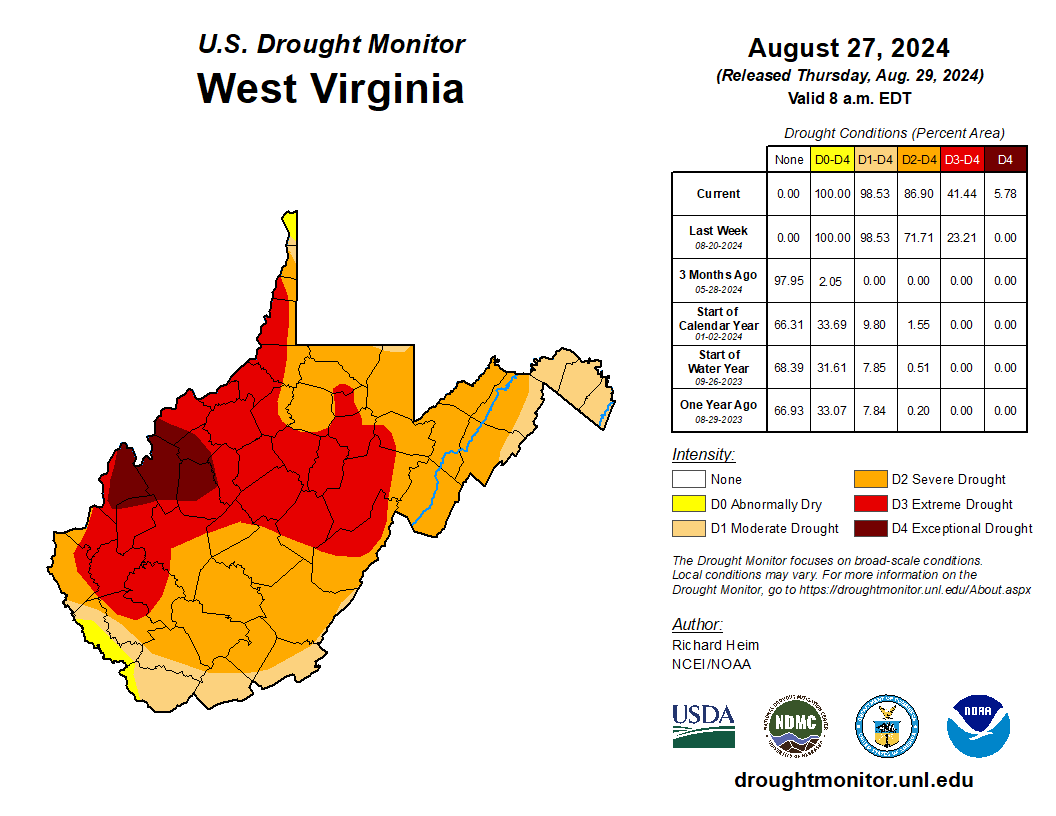
Unprecedented Drought Grips Mid-Ohio Valley: A Closer Look at 2024's Water Crisis
As we navigate through the summer of 2024, the Mid-Ohio Valley finds itself in the throes of what has been described as an exceptional drought, marking a historic event for the region's environment.
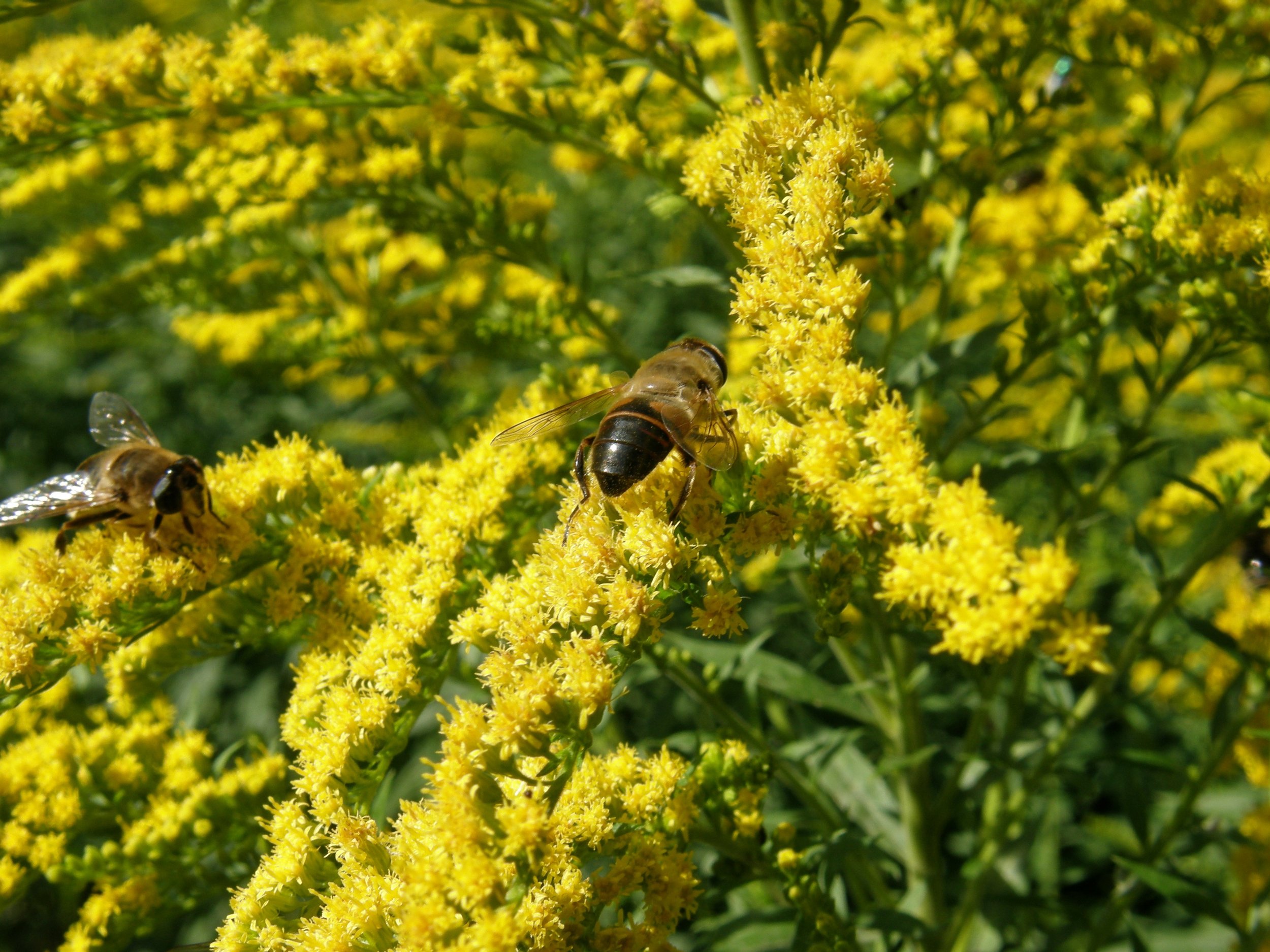
Fall Pollinator Plants: How to Keep Your Garden Buzzing Into Autumn
Fall is a critical time for bees, butterflies, and other pollinating insects as they prepare for the colder months ahead.
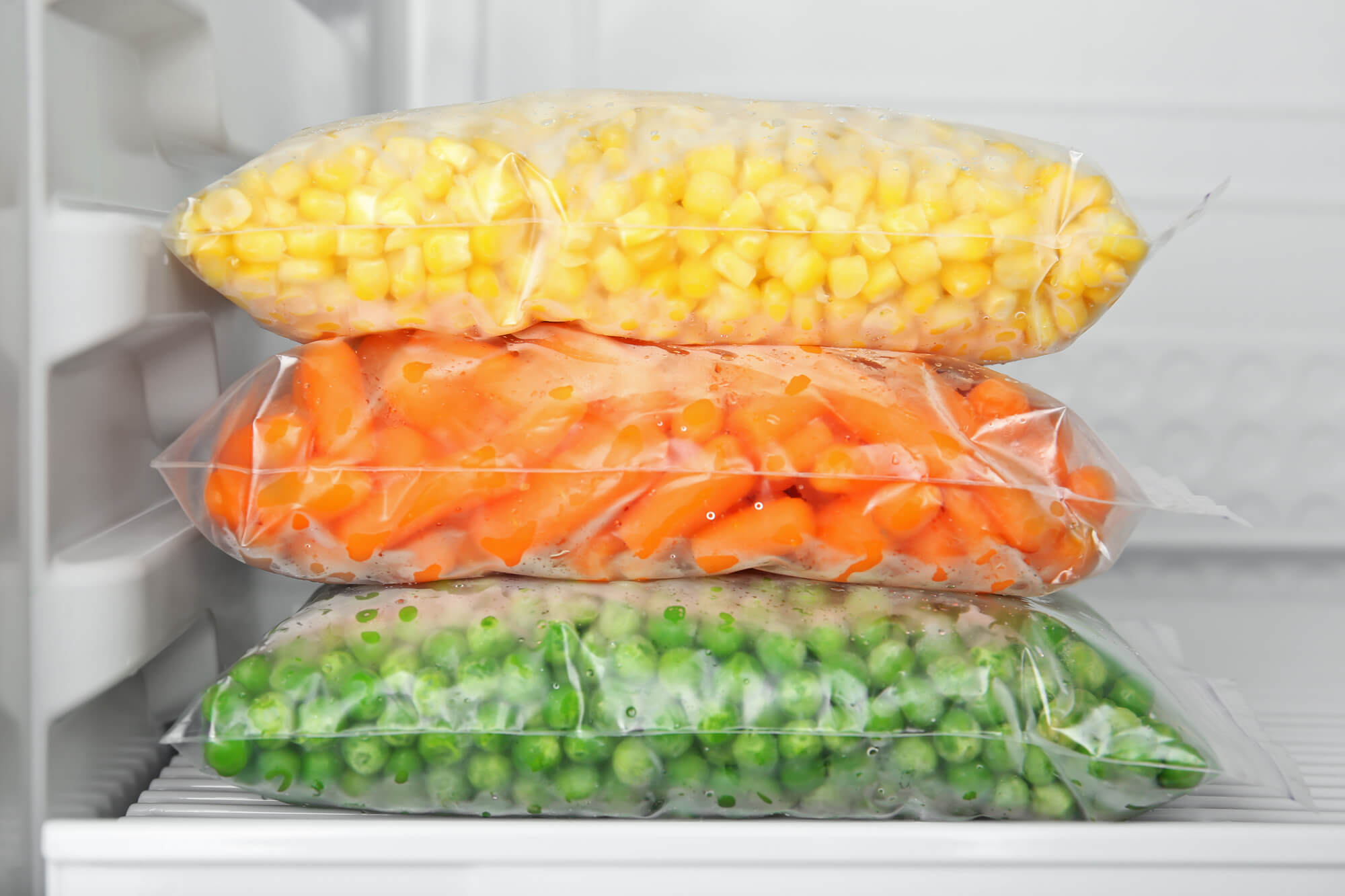
The Basics of Freezing Produce
Freezing is an excellent way to preserve fresh vegetables at home. Freezing does not sterilize food; the extreme cold simply retards growth of microorganisms and slows down changes that affect quality or cause spoilage in food.

Pressure Canning Basics
Pressure canning is the only safe method of preserving low-acid foods. Low-acid foods include vegetables, meats, fish, and poultry. Pressurized steam creates the needed temperature of 240 degrees Fahrenheit or higher that will destroy the bacterial spores naturally present in these foods. As the jars cool, a vacuum is formed, sealing the food in the jars and preventing any new microorganisms from entering and spoiling the food.
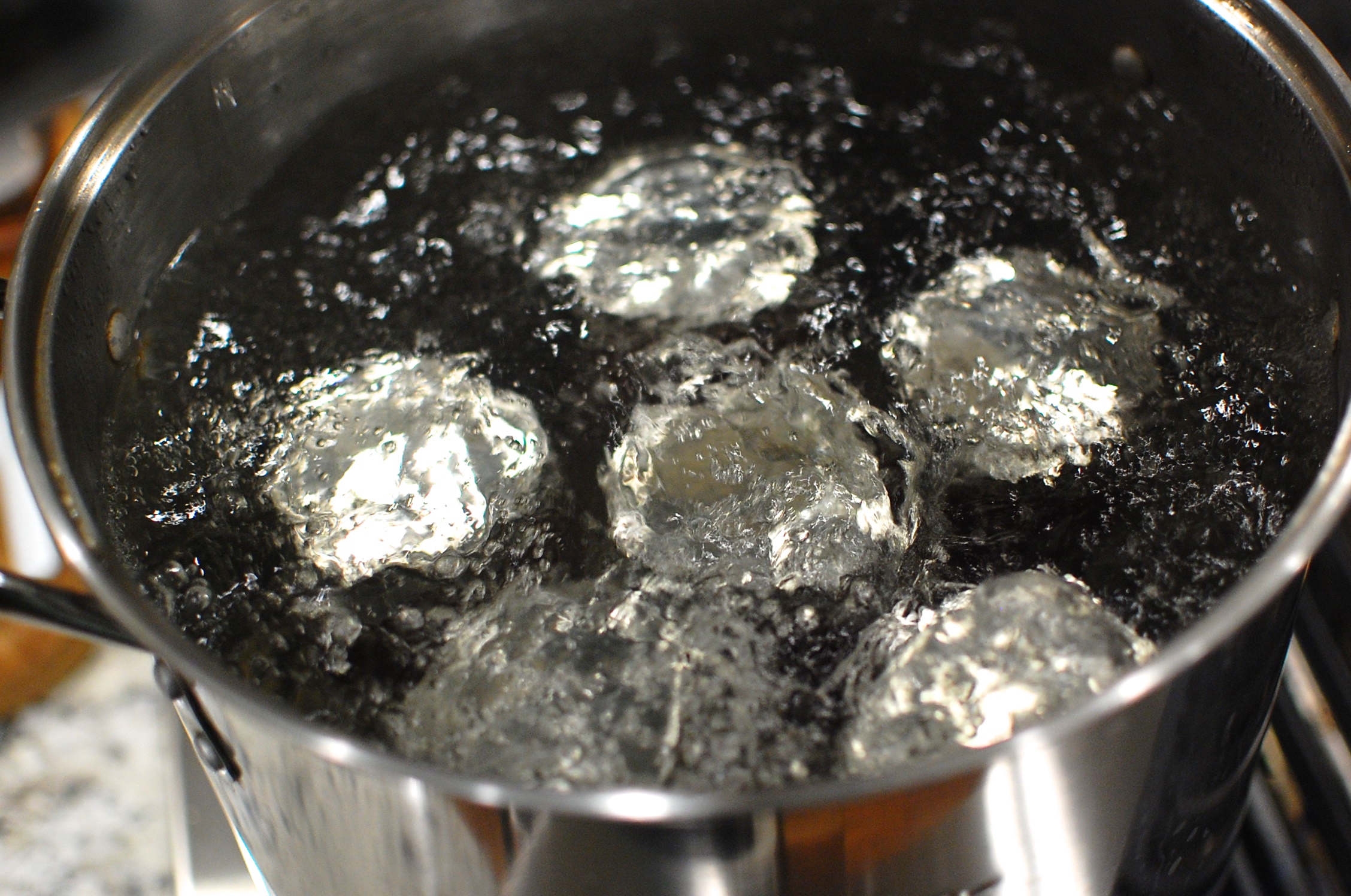
Water Bath Canning Basics
The tasty high-acid menu includes choices ranging from sweet to savory. Fruits, fruit juices, jams, jellies and other fruit spreads, salsas, most tomatoes, pickles, relishes, chutneys, sauces, vinegars and condiments are among items safely preserved using the water bath canning method. Because these common foods contain high amounts of acid or the recipe incorporates the correct balance of acid, water bath canning is the recommended method.
